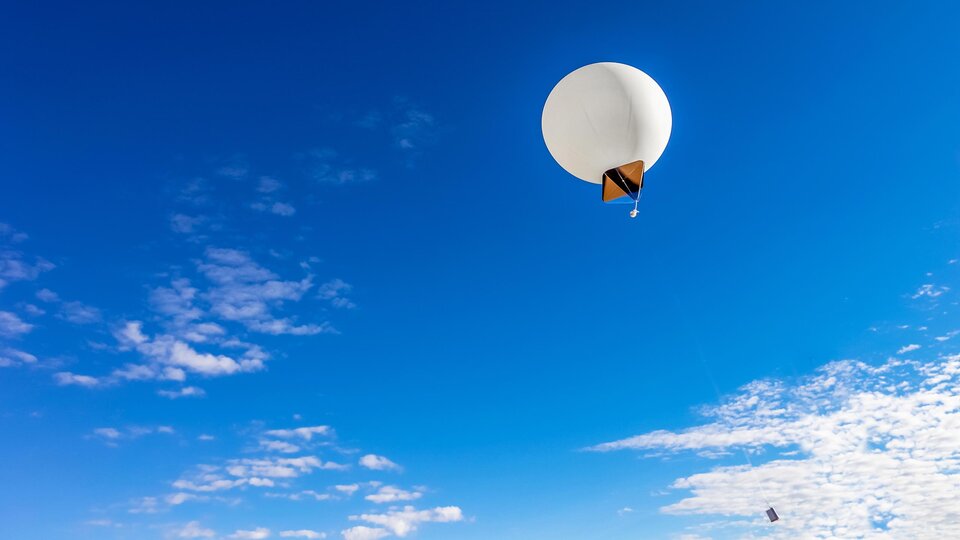ADAPTABLE ENERGY PRODUCTION
The most important material for the production of solar cells is silicon, which helps convert sunlight into electricity. This element makes up about 15 percent of our planet – and it actually represents about 25 percent of the earth’s crust. Nevertheless, in its high-purity and crystalline form, silicon is not only expensive but also offers a very limited range of processing and shaping options. This is where amorphous and microcrystalline silicon comes into play. These photovoltaic materials are first provided in gaseous form, in order to apply the thinnest possible layer to a carrier. This process also requires gases from Messer, such as argon, helium, methane, nitrogen and hydrogen. The thin-film process enables the use of different carrier materials and leaves designers free to modify the transparency of collectors at will. As a result, photovoltaic coatings can also be applied to window glass and to facade and roofing elements.





